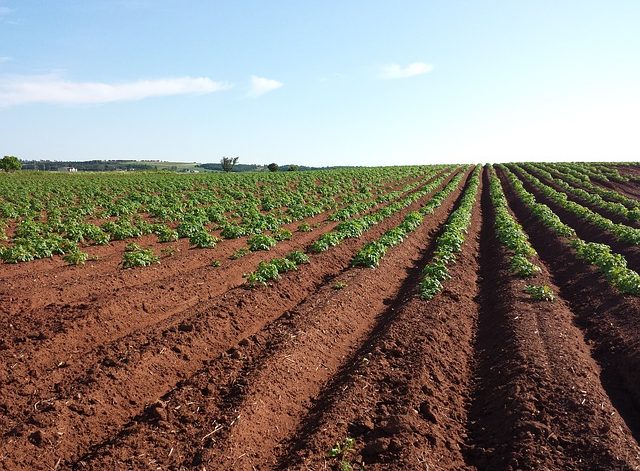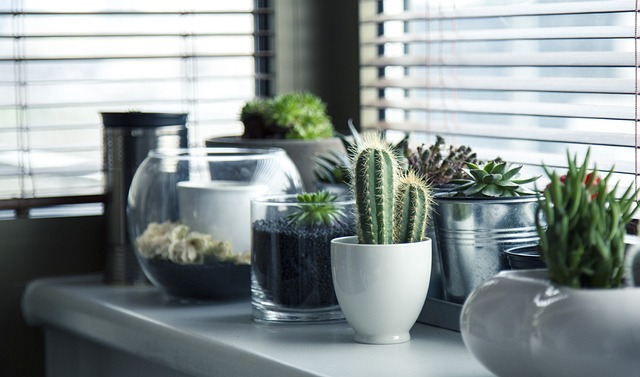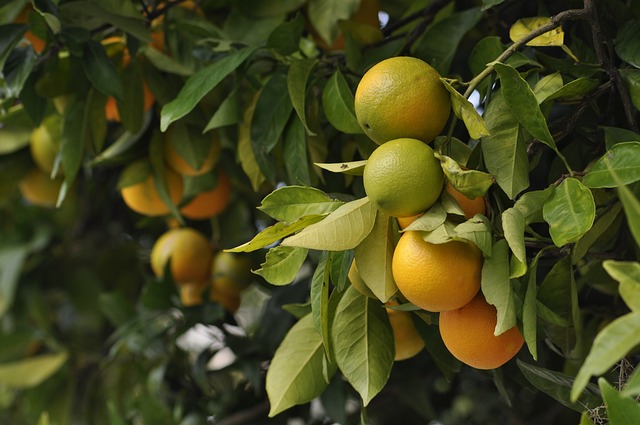INTRODUCTION
Soil: It is defined as an upper layer of the earth covered with material comprising of water, gas, microorganisms minerals, and organic matter. Living organisms living in soil are termed soil biota.
Soil Classification: Soil is a dynamic ecosystem that keeps on changing with time. Climate change shows its effect on the soil. Check out
Types of Soil: There are four main types of soil that are the clay, silt, sandy and loamy. In soil science, the types of soil are known as taxonomic units. Soil classification and soil types are similar words. The soil that is covering the world is composed of different materials that can be differentiated according to regions. The properties of soil also vary from region to region.
Check out: Condition and Effects of Soil Health in Pakistan
TYPES OF SOIL IN PAKISTAN
Pakistan has a diverse variety of soil that supports vegetation growth. Pakistan has various ecosystems/ecoregions that include mountains, deserts, plateaus, etc. Soil classification in the country varies according to ecoregions. The various types of soil in Pakistan are listed below with their location and properties.
-
ALLUVIAL
Location: It is usually present near flood plains and rivers. In Pakistan, it is found near Indus Plain.
Properties:
1. It is composed of sand, loam, and silt.
2. It is light and good for tilling because of its porous capacity.
3. It is enriched with minerals and nutrients that make it suitable for agriculture.
Composition: Clay: 27-40%, Silt: 15-53%, and Sand: 20-45%.
-
SANDY
Location: It is usually present in arid and semi-arid regions. In Pakistan, it is found in western Balochistan, Thal, Thar, and the Cholistan Desert.
Properties:
1. It is primarily composed of sand and a very low portion of clay.
2. It is light and has fewer nutrients.
3. It is generally characterized as acidic soil.
Composition: Clay: 0-10%,Silt: 0-15%, and Sand: 85-100%,.
-
CLAYEY
Location: It is usually formed by floodwater and in Pakistan, it is present in Hyderabad, Sahiwal, Multan, Badin, and Indus Delta.
Properties:
1. It is heavy and sticky soil.
2. It has a high water holding capacity.
3. It has a good concentration of nutrients.
Composition: Clay: 40-100%, Silt: 0-40%, and Sand: 0-45%.
You might also like: 7 Easy Vegetables To Farm At Home In Pakistan
-
SILT-LOAM
Location: It is present in Pothohar Plateau that includes Attock, Mainwali, Banu, Islamabad, and Chakwal.
Properties:
1. It is a favorable soil for vegetation due to its texture.
2. It has less concentration of nutrients and minerals.
3. It is dry and supports all kinds of plants.
Composition: Clay: 0-27%, Silt: 50-88%, and Sand 0-50%.
-
SILTY-CLAY-LOAM
Location: It is present in Punjab that includes Gujrat, Sialkot, Jehlum, Bhakkar, and Narowal.
Properties:
1. It is characterized by clay and silt concentration.
2. The organic matter is lower in concentration.
3. It has less concentration of salts.
Composition: Clay: 27-40%, Silt: 40-73%, and Sand: 0-20%.
Also read: The Impacts of Climate Change on Agriculture in Pakistan
-
CALCAREOUS LOAMY
Location: It is present in western mountain regions that include Sibbi, Kohat, Zhob, Musa Khail, Quetta, and Ziarat.
Properties:
1. It is characterized by the weathering process.
2. It has a high concentration of mineral elements such as calcium and magnesium.
3. It supports minimum vegetation.
Composition: Sand: Clay: 7-27%, Silt: 28-50%, and 23-52%.
CONCLUSION
Types of soil are critically important for the growth of plants. Pakistan is an agrarian country and the agriculture sector is a source of livelihood for million of people. The country is getting influenced by climate changes and the agriculture sector is also experiencing its negative consequences. Waterlogging and salinity are also among many environmental issues being faced by the soils of Pakistan.
Also check out: Soil Erosion and Degradation – Causes, Effects, and Solutions
I hope you all liked this post! Please comment below if you have any suggestions, comments, or feedback! We at #envpk love hearing from our readers! Thanks!





2 Comments
very good article but I just want to ask where did you get the data means what is the reference of this research ???
Hi, thank you for your appreciation. The writer of this article is an Mphil scholar in Environmental sciences, so along with using their own knowledge they utilized multiple sources to write this article. All information presented in these articles can be verified from other reputable sources on google as well as multiple research papers. If you have any more queries, please do let us know. Thank you.
Regards,